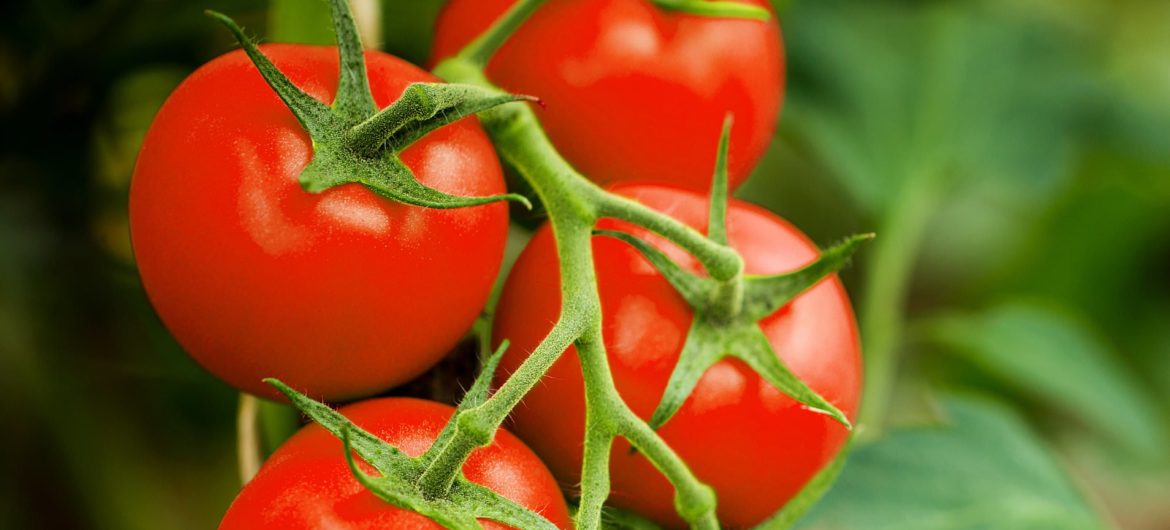Human cravings have changed the tomato — DNA what not. Following quite a while of rearing, what was previously a South American berry generally the size of a pea presently takes a wide range of shapes and sizes, from cherry-like to robust treasure natural product.
Today, researchers are coaxing out how these physical changes appear at the degree of qualities — work that could control present day endeavors to change the tomato, says Howard Hughes Medical Institute Investigator Zachary Lippman.
He and partners have now recognized since quite a while ago disguised concealed transformations inside the genomes of 100 kinds of tomato, including an orange-berried wild plant from the Galapagos Islands and assortments regularly handled into ketchup and sauce.
Their analysis, depicted June 17, 2020, in the diary Cell, is the most far reaching appraisal of such transformations — which modify long segments of DNA — for any plant. The exploration could prompt the formation of new tomato assortments and the improvement of existing ones, Lippman says. A bunch of the transformations his group distinguished change key qualities, similar to flavor and weight, the scientists appeared.
Past studies have since quite a while ago indicated that these transformations exist in plant genomes, says Lippman, a plant geneticist at Cold Spring Harbor Laboratory. “But until now, we didn’t have an efficient way to find them and study their impact,” he says.
A window into the genome
Transformations, or changes, in the four kinds of DNA letters conveyed inside a living being’s cells can adjust its physical qualities. Researchers contemplating plants have commonly centered around a little, tractable sort of change, in which one DNA letter is traded for another.
The changes Lippman’s group considered are a lot greater — they alter DNA’s structure by replicating, erasing, inserting, or moving long areas of DNA somewhere else in the genome. These changes, additionally called auxiliary varieties, happen all through the living scene. Studies in people, for instance, have connected these varieties to disarranges, for example, schizophrenia and chemical imbalance.
Researchers can distinguish changes by perusing out the letters of DNA utilizing a strategy known as hereditary sequencing. Limitations in this innovation, be that as it may, have made it hard to interpret long areas of DNA, Lippman says. So scientists haven’t had the option to catch a total image of auxiliary changes in the genome.
All things being equal, plant geneticists have suspected that these changes contribute fundamentally to plants’ qualities, says Michael Purugganan, who studies rice and date palms at New York University and was not associated with the new investigation. “That is the reason this paper is so energizing,” he says. Lippman’s group not just found these changes in tomato and its wild family members, yet additionally decided how they work inside the plants, he says.
A guide for future tomatoes
The new study, a joint effort with Michael Schatz at Johns Hopkins University and others, recognized in excess of 200,000 auxiliary changes in tomatoes utilizing a procedure called since quite a while ago read sequencing. Lippman compares it to glancing through an all encompassing window everywhere segments of the genome. By examination, progressively regular sequencing offered just a peephole, he says.
Most of the transformations they found don’t change qualities that encode characteristics. Be that as it may, what’s unmistakable, Lippman says, is that a significant number of these changes adjust systems controlling qualities’ movement. One such quality, for example, controls tomato natural product size. By adjusting DNA structure ¬-for this situation, the quantity of duplicates of the quality — Lippman’s group had the option to change organic product creation. Plants coming up short on the quality never made organic product, while plants with three duplicates of the quality made natural product around 30 percent bigger than those with only a solitary duplicate.
Lippman’s group additionally exhibited how DNA structure can impact characteristics in a model he calls “remarkably complex.” They indicated that four auxiliary changes together were required for rearing a significant reaping attribute into present day tomatoes.
These sorts of bits of knowledge could help clarify quality assorted variety in different harvests and empower raisers to improve assortments, Lippman says. For example, maybe including an additional duplicate of the size quality to minuscule ground fruits, a nearby relative of the tomato, could build their allure by making them bigger, he says.
“One of the holy grails in agriculture is to be able to say, ‘If I mutate this gene, I know what the output will be,’” he says. “The field is making important steps toward this kind of predictable breeding.”
Disclaimer: The views, suggestions, and opinions expressed here are the sole responsibility of the experts. No Watch Mirror journalist was involved in the writing and production of this article.





